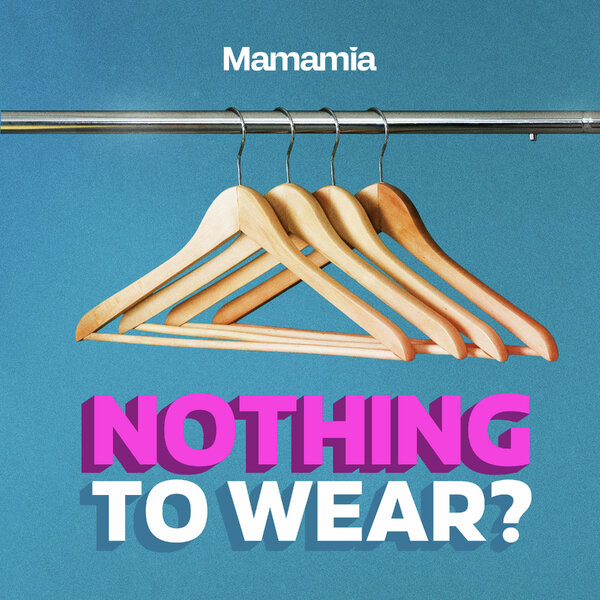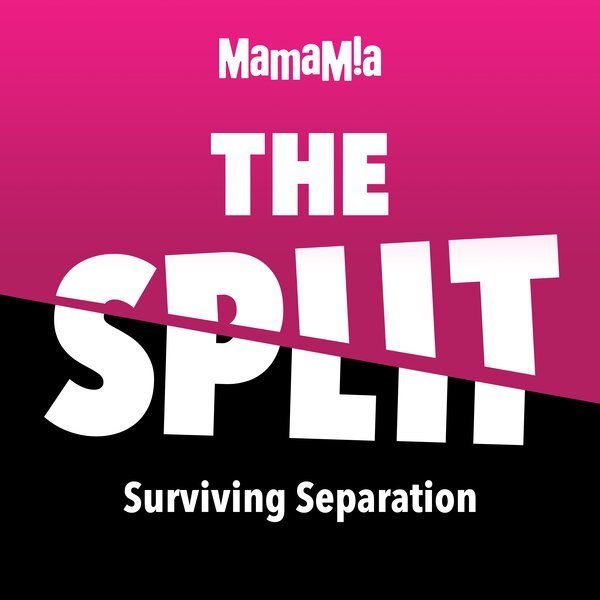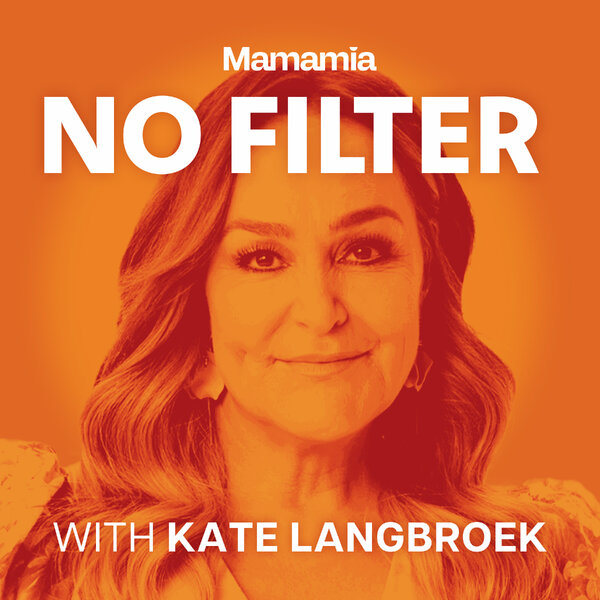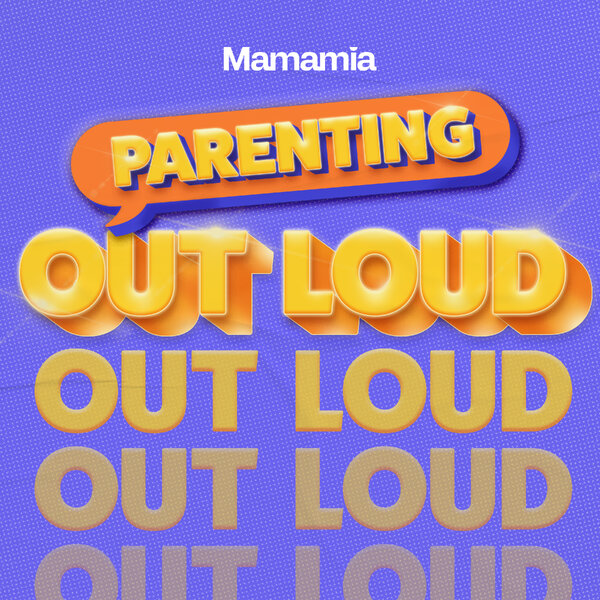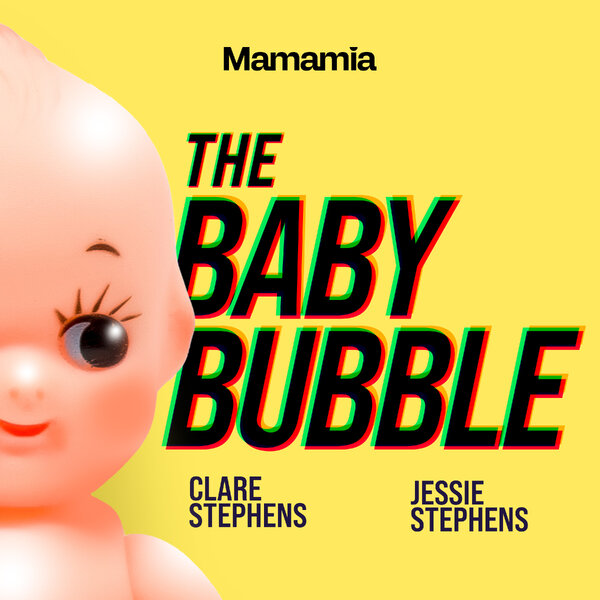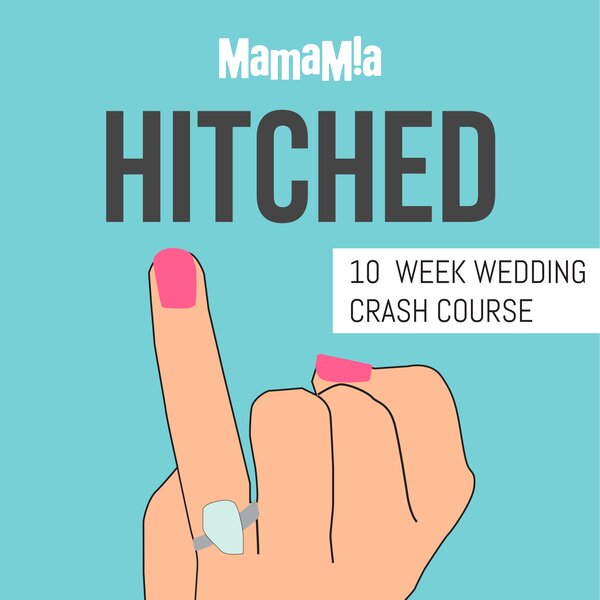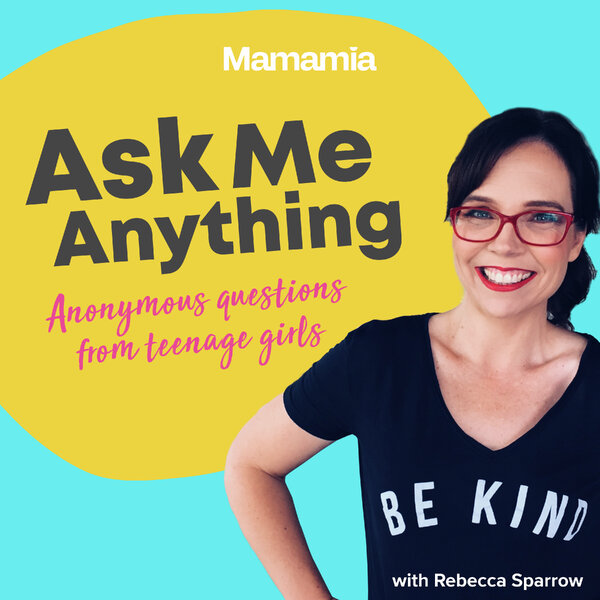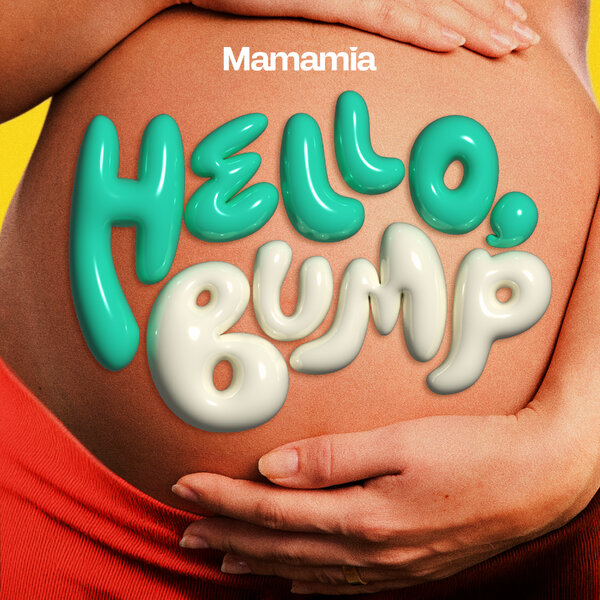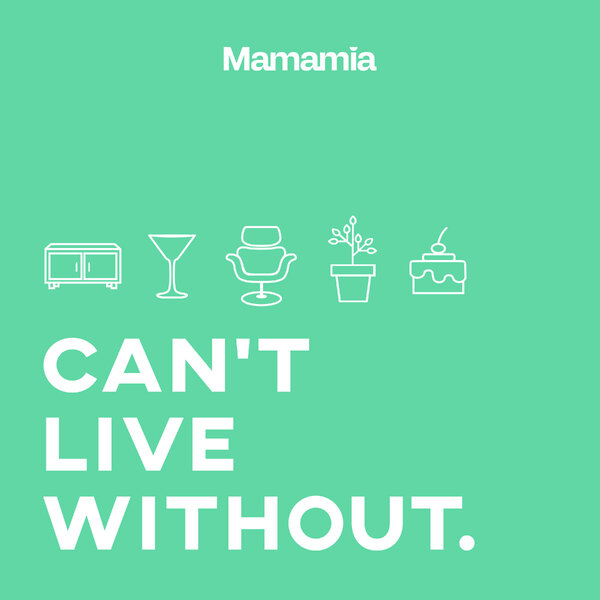It’s beautiful. It’s addictive. It’s dangerous. It’s Fitspo.
If you’re a human being living in 2015 you’ll have come into contact with some sort of #fitspo. It dominates Instagram feeds, is used in mainstream advertising, and is probably the screen-saver of every fifth woman you know.
For some people it’s a get-your-butt-off-the-couch source of inspiration, making them more active and healthy – both positive things.
But for others, it’s a dangerous, all-pervasive force: a movement that triggers obsessive behaviour and another impossible body standard for women to compare themselves to, and ultimately, fall short of.
It’s everywhere. It’s growing. And it has the potential to screw up the body image of a whole generation of women.
“Even when women report that they find these images motivating (and many women say that they do), they often acknowledge that the comparisons with their own bodies leave them feeling worse about themselves and their appearance,” says clinical psychologist Olivia Patrick.
An unapologetic rant: “Everyone, stop shaming me about sugar.”
Fitspo, short for fitspiration, is hugely visual: it promotes toned, taught, FIT bodies in stylish workout gear. The fitspo uniform is small Nike bike shorts and a colourful crop. And a tan and a six-pack. Exhibit A:
Its core purpose is to motivate people to diet, exercise and lose weight by flooding them with what they could look like (see above). It encourages people to share their own weight-loss success stories, all in the name of encouraging others to replicate them.

